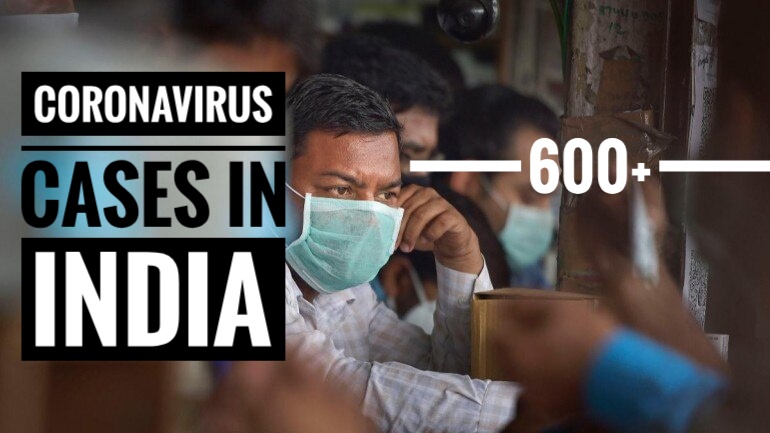Amid the coronavirus pandemic and lockdown around the world, the World Bank and International Monetary Fund (IMF) have issued their assessment regarding India’s GDP. According to World Bank, India is expected to grow from 1.5 – 2.8 percent during the current fiscal. Similarly, IMF’s projections showed India’s GDP growth of 1.9 percent as the world hits the worst recession and due to consequent lockdown. In the starting of the year IMF showed India’s growth rate of 4.8 percent for current fiscal and 5.8 percent for the year 2020-21. Former Chief Economic Adviser after the studying the assessments by World Bank and IMF said that the organisations are way too hopeful and optimistic and the country requires 10 lakh crore rupees to get back on track after hit of the coronavirus pandemic.
The CEA further stated that loss of one month output could result in a negative rate of growth and that determines how we should respond to this. The country is going to face sharp collapse in output for one month, even if we make up one month loss by one third of social cushioning or support the financial system still it would be just 3 percent so we have come up with 10 lakh crore combining states and centres which will account for 5 percent GDP. With the depressing projections by World Bank and IMF, India is expected to record its worst growth performance ever since 1991. The economy is going to slow down and the revenue collection will be much less than last year, revenue loss could be 1.5 percent of the GDP.
The Chief Arvind Subramanian has recommended five ways of financing additional expenditure over a year to bring the GDP and economy of the country back on track.
The chief suggested that Rs 1-1.5 lakh crore could be arranged by cutting expenditure while, other Rs 1-1.5 lakh crore could be collected from multilateral funds and NRIs. Secondly, RBI could print the amount of Rs 1.5-2 lakh crore and the borrowing money through bonds could be in the range of Rs 4-5 lakh crore.
The government should consider a Solidarity-Fund with annual contribution from the elite class and employers from the organised sector. The fund should consider the money from ‘haves’ for supporting ‘have not’s.

The wealthy could contribute by paying taxes with threshold up to Rs 5 crore and the elimination of subsidies for middle – class people could be a great help. Employees in public and private sectors could contribute through small and progressive tax on salaries and pensions, interest and tax deduction from small savers and favourable amount of tax on gold and other luxurious goods.
Wealth taxes and removal of subsidies for the wealthy and upper middle class people should in long run agenda to remove inequality between the ‘haves’ and ‘have not’s. The government should reduce the borrowing norms for the state and some powers to exercise should be given to the state government as this an extraordinary situation which requires an extraordinary attention.
The following measures could result in the hike of India’s GDP and help the government frame a good picture in front of fellow countrymen, IMF and World Bank.

